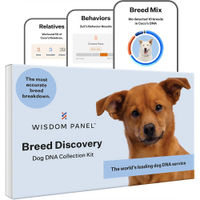Maltipoo dog breed: characteristics, care and what you need to know
Thinking of getting a maltipoo? A behaviorist reveals everything you need to consider.
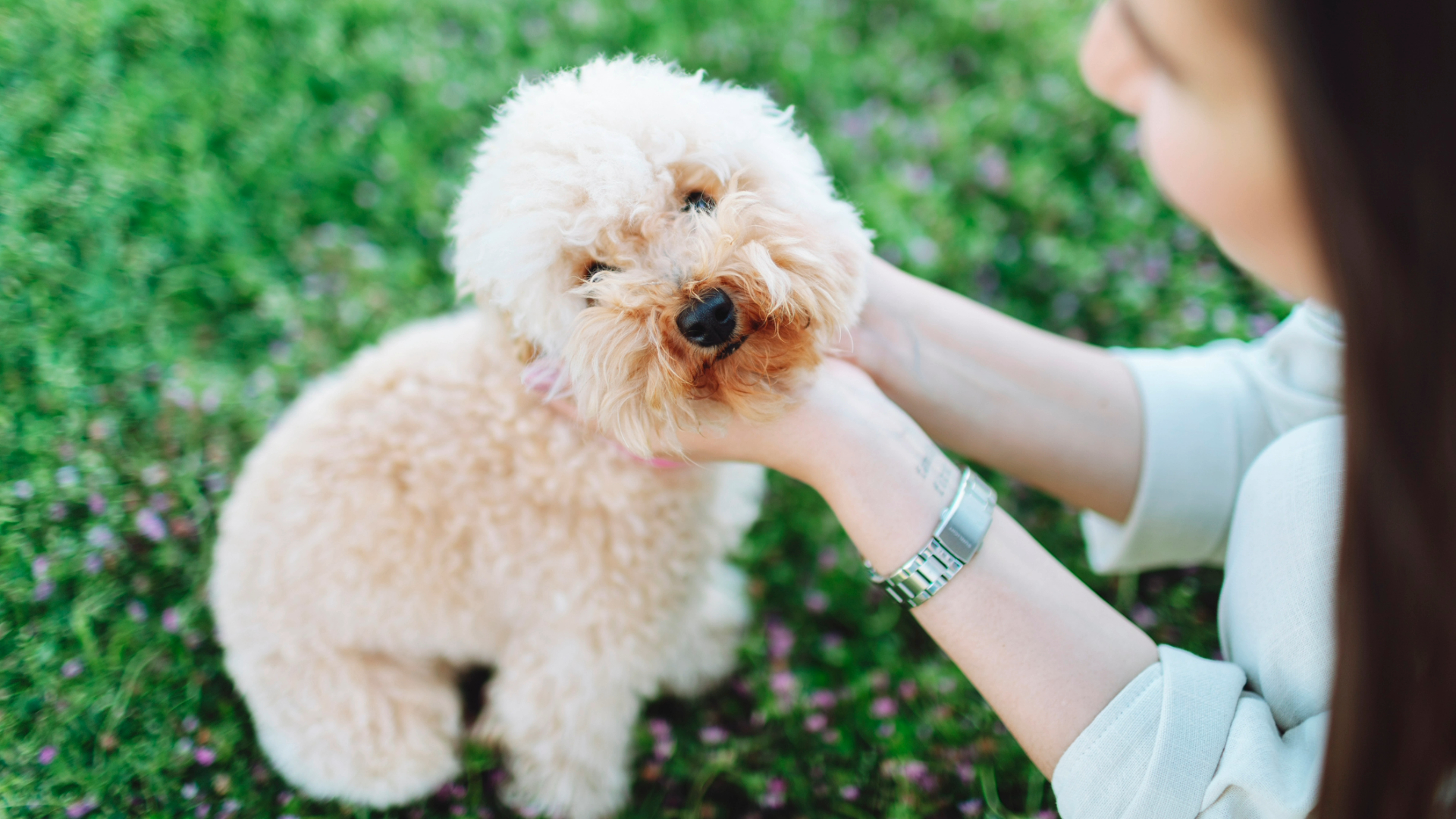
The maltipoo is a delightful hybrid dog that pet owners adore. Crossed between the charismatic Maltese and the well-loved poodle, they are fun pocket rockets that fill your life with joy.
I've met many Maltipoo dogs while working as a behaviorist, though I've spent more time snuggling my face into their lush fur than in a work capacity. Maltipoos are friendly and loving, and apart from enjoying the sound of their own woof, these lovely dogs are easy to manage.
The Maltipoo is one of the smaller poodle crossbreeds, with adults weighing around 2.5 to 7kg and 8" to 14" tall, depending on whether the poodle parent was a miniature or a toy. Despite the weeny size, the Maltipoo is a robust little dog. They are intelligent, charming, easy to train, and often entertaining.
The Maltipoo coat is hypoallergenic and can be wavy, straight, or curly, depending on the parents' coats. They come in splendid colors like lush shades of brown, apricot (sometimes almost pink), black, gray, red and creamy white. The fur may be one color, bi-colour or tri-colour.
The Maltipoo is an adaptable pup suitable for first-time dog owners, old or young. This happy little dog will be your best buddy if you live alone or become the pocket-sized family clown in a busy household. Live in an apartment? No problem! Live on a farm? Maltipoo fits right in with your daily activities.
If you aren’t sure if you have a Maltipoo, check our feature on the best dog DNA test.
Maltipoo temperament
Maltipoos are affectionate, friendly and sociable pups. They love spending time with their families and sharing adventures. They are active dogs but don't need a lot of exercise. Your maltipoo furry friend is equally happy cuddling on the sofa or racing around the park.
PetsRadar Newsletter
Get the best advice, tips and top tech for your beloved Pets
These cute cookies love learning new tricks and showing everyone how clever they are. They are an intelligent breed and quickly learn the most important dog commands.
One quirky aspect of the maltipoo is they love to bark. You won't need a doorbell because your tiny furry friend will eagerly announce visitors to the house and neighborhood.
When you bring your new fluffy pup home, remember to spend time training him to understand what is acceptable behavior in the home.
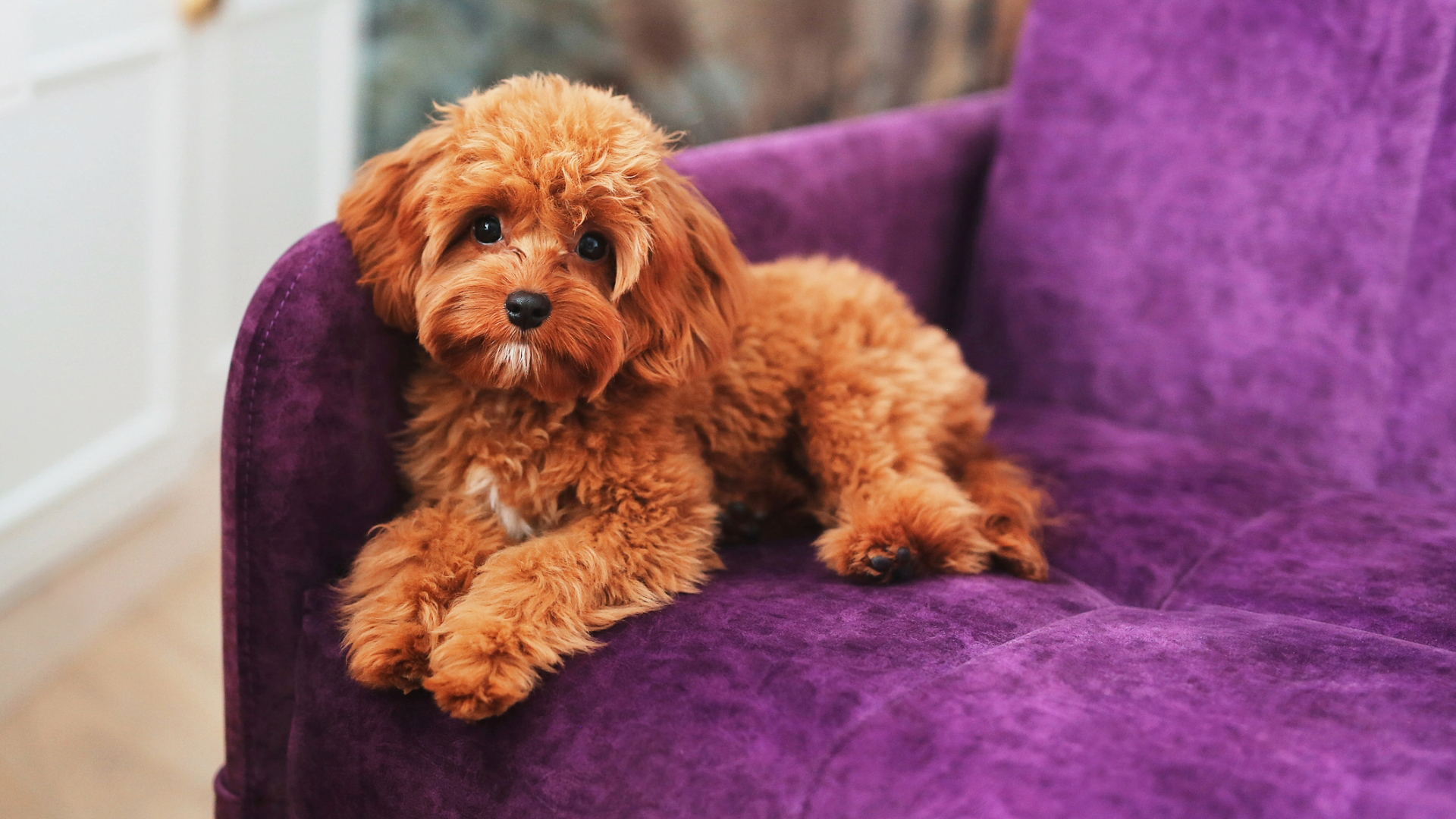
Maltipoo characteristics
The maltipoo is cross between a maltese and a toy or miniature poodle. In the former case, breeders often call the hybrid a 'teacup maltipoo' because the pups are small enough to fit in a teacup. This feature has more information about teacup puppies.
An adult maltipoo weighs around 2.5 to 7kg and stands proudly at 8" to 14" tall. Maltipoo colors come in shades of brown, gray, apricot, red, and creamy white.
Are maltipoos hypoallergenic?
The maltipoo coat type varies depending on the hybrid generation. It may be wavy, straight, or curly and have low shedding or hypoallergenic properties, meaning owners are less likely to experience allergies.
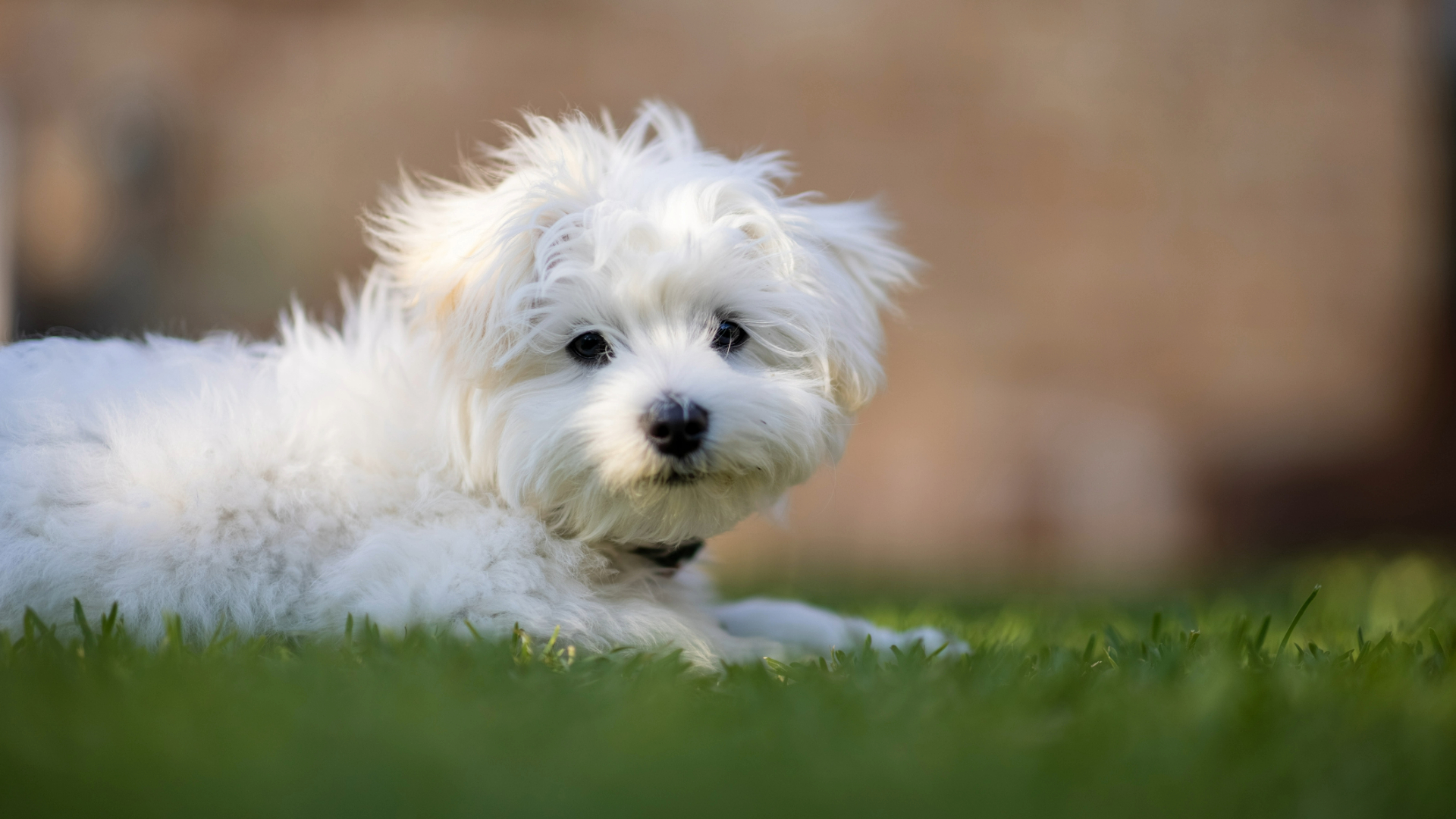
Maltipoo price
Expect to pay $2,000 to $3,000 for a maltipoo puppy from a reputable breeder. Make sure you choose one that breeds healthy dogs without health or behavior issues and doesn't sell puppies under eight weeks old. Additionally, we recommend meeting the maltipoo pups with their mum.
Maltipoo pups with rarer colors like tri-colours and "phantom" (a dark base color with distinct markings on the muzzle, above the eyes, chest or neck, legs, and paws) are in high demand and could cost $4,000 or more.
Suppose the maltipoo puppy price tag makes you gasp, and you would prefer adopting a dog vs buying. If that's the case, it's worth contacting a specific maltipoo rescue to inquire about rescuing a pre-loved maltipoo. Rescue prices vary but are typically from $100 to $800.
Wisdom Panel Breed Discovery DNA Kit | Amazon
Not sure exactly what breed your dog is? This kit screens for 365+ breeds – because knowing every detail about your dog helps you understand how best to care for them.
Maltipoo lifespan
Small dogs tend to have a longer lifespan than large dogs, and the maltipoo is no exception, with a life expectancy of 12 to 16 years. Maltipoos' potential health issues include the following:
- Lameness from patellar luxation (the tibia, femur, and kneecap become misaligned).
- Epilepsy.
- Shaker syndrome: Mostly observed in white dogs, where the dog's entire body shakes.
- Portosystemic shunt: A congenital condition causing seizures and stunted growth (the blood bypasses the liver)
- Dental disease: Small dogs are more prone to dental issues, so get your pup used to having his teeth cleaned. Try using the helpful bundle of Nutri Vet chicken-flavored enzymatic toothpaste with a Jasper Finger toothbrush. If you'd like more information about caring for your furry friend's teeth, read our features on dog gum diseases or top tips to keep dogs' teeth clean.
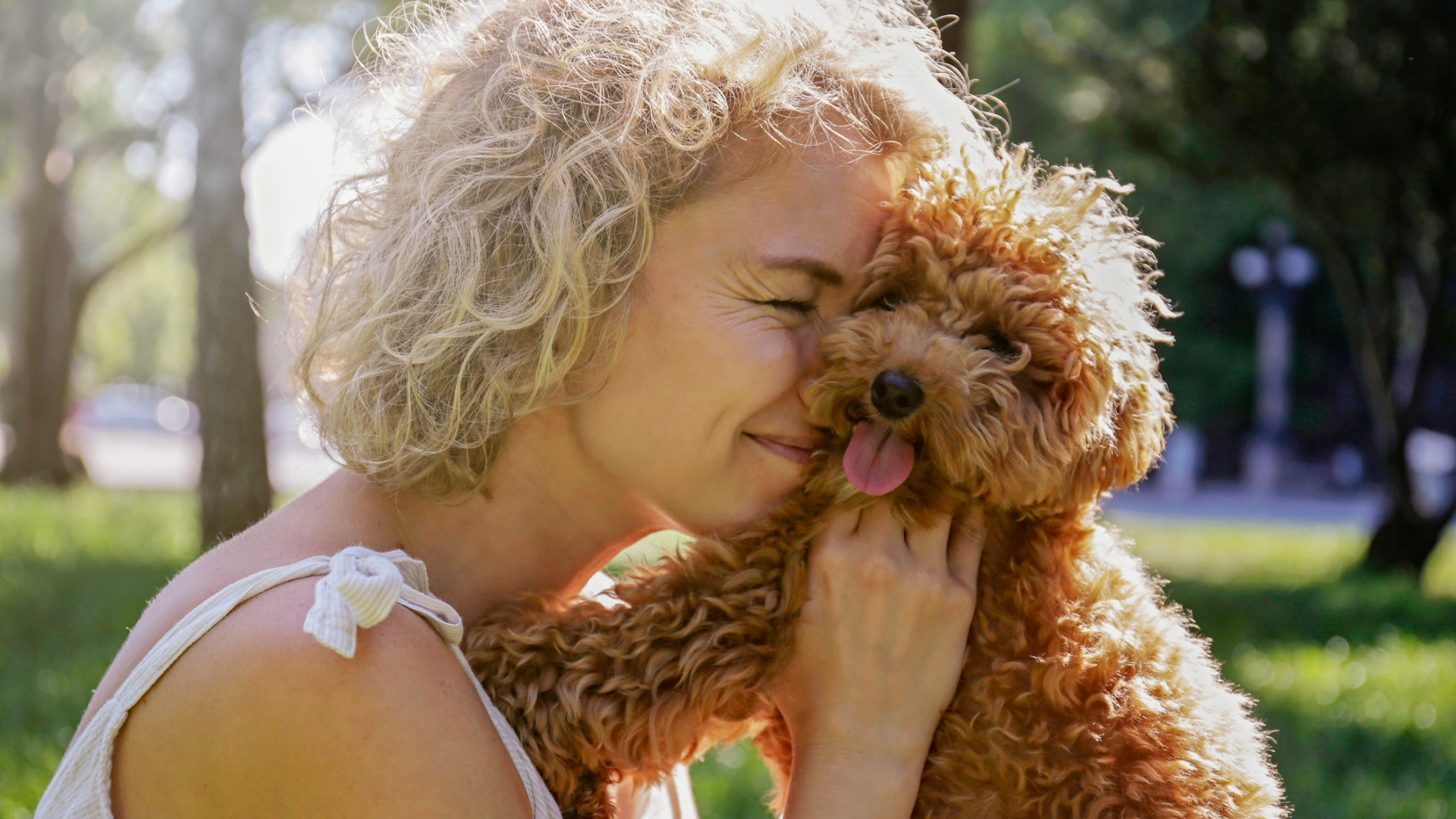
Maltipoo grooming
The maltipoo puppy coat is low shedding, soft and fluffy and can be wavy, curly, or straight.
You might need to trim the hair around your furry friend's eyes to see his cheeky and playful expression and prevent eye problems. In addition, we recommend visiting the groomers occasionally, maybe once or twice a year, if you prefer clipping your maltipoo to keep him clean and cool.
If you've never had a maltipoo before or are an excited first pup owner, you might find it helpful to read our feature on dog grooming tips.
Top tip: When your maltipoo gets wet or after a bath, comb through the coat with a wide-toothed comb before it dries to avoid tangles.
Unsure which dog would suit your lifestyle best? If so, check out our guide to the best dog breeds for first-time owners. You might also enjoy learning about the cavapoo dog breed

Jan is a dog behaviorist and writer living in the Cotswolds, UK. She has shared her life with dogs for over fifty years and is fascinated by behavior. She enjoys helping people better understand their dogs to develop a deep bond and enjoy time together. Jan particularly enjoys working with impulsive and reactive dogs as her legacy from helping Poppy, her rescue Weimaraner cross overcome fear reactivity.
